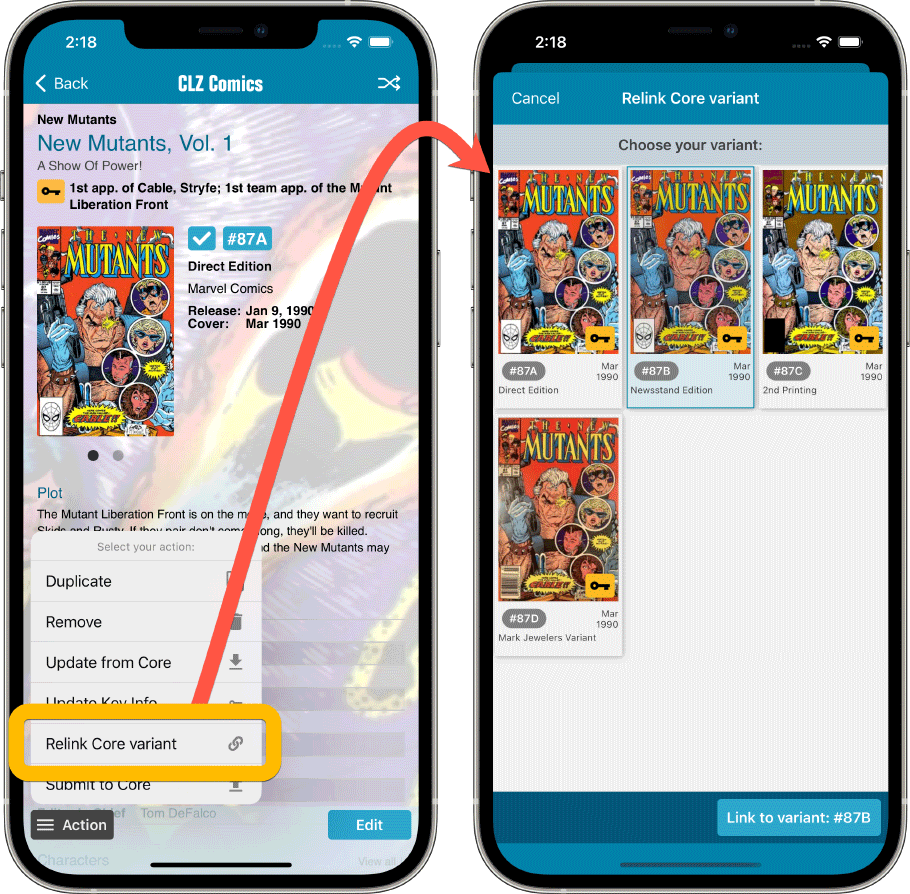Apply Now
Smart Ways to Leverage DC Comics Rebirth for Modern Storytelling in 2025
Understanding the Rebirth Initiative
DC Comics launched the Rebirth initiative in 2016, providing a fresh start for fans while revitalizing beloved characters and storylines. This initiative began as a response to the divisive reception of the New 52 era, aiming to restore elements that defined the legacy of its characters. Rebirth was not merely a reset; it was a narrative strategy designed to enrich character development by weaving in the past while establishing new directions for the future.
At its core, the Rebirth initiative presented a unique opportunity for readers to reconnect with fan-favorite heroes like Batman, Superman, and Wonder Woman. This connection was pivotal in shaping the growth of narratives moving forward into 2025. Storytellers can leverage this approach by incorporating layered character arcs that reflect on past experiences while pushing forward.
This naturally leads us to consider how certain elements of this initiative can be adapted for modern storytelling in an evolving landscape. Emphasizing legacy characters creates a strong foundation for narratives that can resonate with both older and newer audiences.
Crossover Events and Their Impact
One hallmark of the Rebirth initiative was its embrace of crossover events that blended various storylines and characters. Events like "Dark Nights: Metal" and "The Button" showcased how interconnected narratives could elevate the stakes in storytelling. These crossover events not only encouraged reader engagement but also expanded the comic book universe significantly.
For modern storytellers looking to replicate the success of these events, the key lies in seamless integration of characters from different series. By capitalizing on established relationships between heroes and villains, creators can craft intricate story arcs that keep readers invested. Deploying crossover potential within modern storytelling can foster a sense of community among fans, mirroring the cohesion seen in successful comic book arcs.
Transmedia storytelling—where narratives span across different media formats—can also be a beneficial approach. Writers can translate these compelling stories into animated series, live-action adaptations, or even interactive media that invite audience participation. This diversified storytelling resonates with the modern consumer, who seeks immersive experiences across platforms.
Character Development and Legacy
One of the distinct advantages of the Rebirth initiative was its focus on deepening character development. Legacy characters like Wally West and Jon Kent were given the spotlight, allowing new audiences to find relatable heroes while paying homage to the original versions. As storytelling evolves, it's crucial for creators to understand the essence of the characters and how they connect with different generations of readers.
Comic book narratives should explore character backstories and relationships to enhance emotional investment. For example, examining the dynamics between iconic figures like Batman and his various Robins can yield rich storytelling possibilities. Depth in characterization can result in powerful arcs that underline themes of growth, mentorship, and redemption.
Additionally, modern approaches should emphasize diversity in character representation, reflecting real-world narratives. This trend aligns with the increasing demand for stories that resonate with a broader audience. Incorporating socio-political themes within character arcs allows storytellers to craft relevant narratives that speak to contemporary issues, fostering deeper engagement with readers.
Graphic Storytelling Techniques
The Rebirth era has exemplified the potential of graphic storytelling, combining text and visually immersive art to enhance narrative flow. Illustrations in comic books are not merely decorative; they play a crucial role in shaping perceptions of characters and conveying emotional weight. Modern writers should closely collaborate with artists to ensure that imagery and text coalesce into a cohesive narrative experience.
Exploring different styles of comic book art can also contribute to unique storytelling approaches. By employing varied artistic techniques—such as dynamic panel layouts or unconventional color palettes—creators can elicit emotional responses aligned with character arcs. This level of creativity can captivate readers and enable them to experience stories in novel ways.
Furthermore, innovative formats like webcomics open opportunities for episodic storytelling, allowing creators to explore shorter, impactful narratives that fit modern consumption habits. By ensuring that each installment contributes meaningfully to the overarching narrative, writers can foster continued reader engagement and excitement.
Embracing the Future of DC Comics
Navigating Fan Engagement and Communities
Success in comic book storytelling is increasingly tied to the engagement of its fanbase. The Rebirth initiative actively encouraged interaction between creators and readers. Social media platforms became vital communication channels, enabling fans to contribute insights and theories directly influencing the direction of storylines. Tapping into this engagement allows creators to refine narratives based on readership feedback.
Cultivating a community-oriented approach enhances the comic book experience, transforming passive consumption into active participation. For instance, hosting online forums or interactive Q&A sessions can help creators forge connections with their audiences. Additionally, annual comic conventions serve as platforms for enthusiasts to celebrate shared interests and discover new titles. Engaging storytelling should thus consider community-building as an integral aspect of its development strategy.
The incorporation of fan theories into story arcs not only demonstrates awareness of reader interests but can also enhance plot richness, creating narratives that feel dynamic and alive. Aligning with fan expectations, while simultaneously introducing unexpected twists, can significantly heighten reader satisfaction.
Exploring Alternative Universes and Spin-offs
The concept of alternate timelines and universes garnered increased attention in the Rebirth initiative as showcased in titles like "Superman Rebirth" and "Batman Rebirth." This creative leeway allows writers to explore what-if scenarios that challenge customary characteristics of established heroes and villains. By diving into these alternative narratives, storytelling can be enriched with fresh perspectives and imaginative explorations of beloved characters.
Moreover, spin-off series featuring secondary characters provide avenues to develop unique storylines while building upon the wider DC Universe. These endeavors not only expand the lore but also allow for deeper exploration of themes neglected in major titles. Writers should focus on the importance of secondary characters, leveraging their stories to create interconnected narratives that enhance the overall universe.
This approach not only caters to existing fans' curiosity but also draws in new audiences interested in diverse storylines. The yearning for a deeper understanding of DC’s iconic characters, such as Harley Quinn and Aquaman, ensures that spin-offs maintain resonance within the ever-evolving comic book landscape.
Emphasizing the Role of Legacy Characters
Legacy characters have always been at the forefront of DC storytelling, and the Rebirth initiative placed them squarely back into the limelight. Characters like Damian Wayne and Jessica Cruz illustrate how new heroes can emerge from the rich tapestry of DC’s history. Writers of modern comics can maximize the potential of these characters by exploring their journeys as they inherit legacies from their predecessors while carving their own identities.
In 2025, the continued focus on legacy characters is critical for inspiring younger generations and fostering a sense of continuity within the storylines. Implementing themes of mentorship, innovation, and personal evolution can resonate deeply with a diverse audience. Creators should balance honoring established lore with pushing the boundaries of character development.
Legacy characters can also serve as conduits through which younger readers discover their favorite superheroes, thereby enriching the overall fandom culture. By weaving these elements into storytelling, the narrative flow can reflect the multifaceted nature of comic book culture, celebrating both heritage and modernity.
Q&A Section
What are the key highlights of the Rebirth initiative?
The Rebirth initiative focused on reconnecting with the legacy of characters, emphasizing character development and rich storytelling through crossovers and spin-offs. Its impact is seen in successful arcs like "Dark Nights: Metal," which brought characters together.
How can creators engage modern audiences effectively?
Engagement can be enhanced through social media interaction, fan forums, and comic conventions. Integrating audience feedback into storylines ensures narratives resonate with fans, enriching the overall experience.
Are legacy characters important for modern storytelling?
Absolutely! Legacy characters like Jon Kent or Wally West offer fresh perspectives and allow readers of all ages to connect with the DC Universe. Their stories can explore themes of growth, and mentorship, making them crucial in today's storytelling landscape.
What storytelling techniques enhance graphic novels?
Combining immersive illustrations with engaging narratives is essential. Experimentation with styles, panel layouts, and episodic formats can lead to a richer storytelling experience and capture readers' attention.
How can the concept of alternate universes enhance comic arcs?
Alternate universes allow for creative freedom, enabling exploration of "what-if" scenarios. Writers can use these narratives to offer new dimensions to established characters, appealing to both longstanding fans and new readers.




